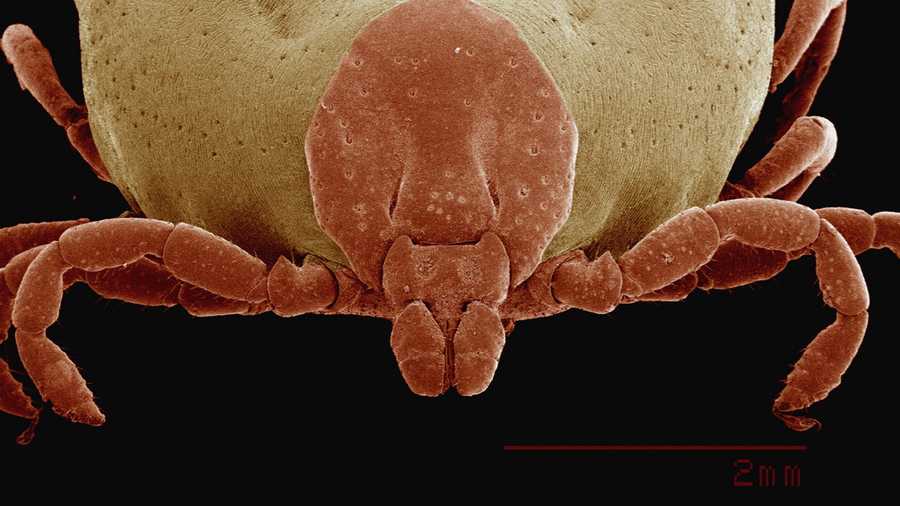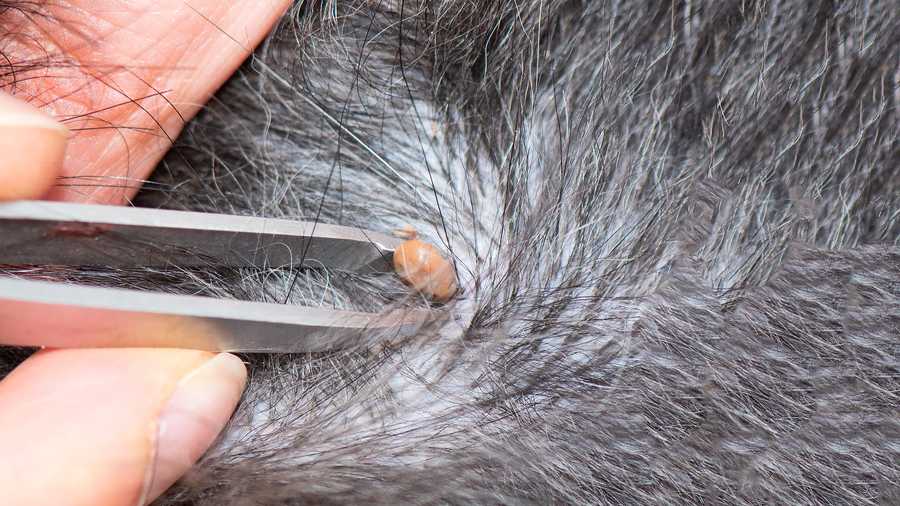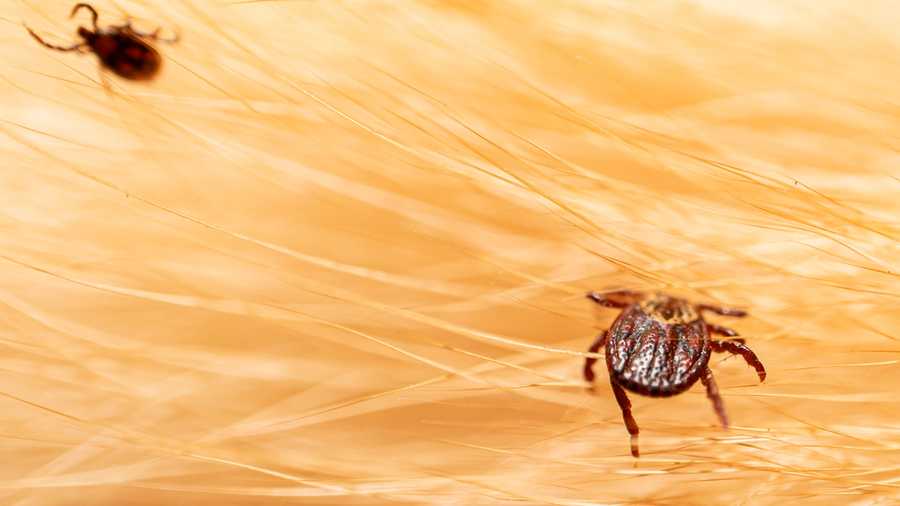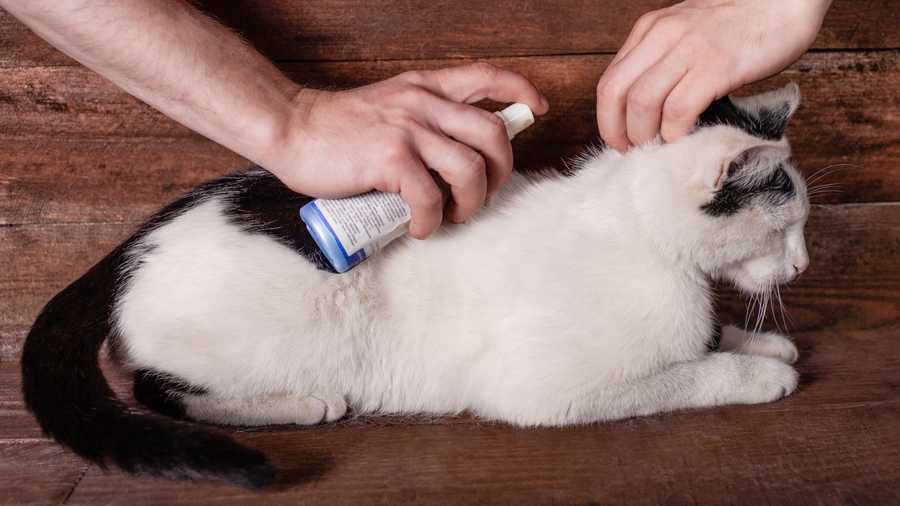Pet Health:
Pet Health Blog Posts:
Controlling Fleas And Ticks Around Your Home
Pet Health -
Fleas are the most common external parasite of pets in North America. That means it's highly likely that your pet will encounter them at least once in their lifetime. Fleas are small wingless insects that use their specialized mouth to pierce the skin and siphon blood from their host. Learn how you can prevent, reduce or eliminate flea infestations.
Controlling Fleas And Ticks On Your Pet
Pet Health -
Spot-on flea and tick products are liquid pesticides applied to a "spot" on the pet's skin, usually around the back of the neck or shoulder area. No flea and tick products are marketed specifically for use on reptiles, rabbits, ferrets, and other furry pets. Ask your veterinarian for advice on treating fleas and ticks on these and other exotic pets.
Prevent Heartworms
Pet Health -
Heartworm Disease is 'a preventable disease, which is why it's so frustrating as a practitioner when you see a case,' says Melanie McLean, D.V.M., a veterinarian at the U.S. Food and Drug Administration (FDA). Treatment can be hard on animals, and McLean says 'it's much easier and healthier for the pet to prevent the disease in the first place.'
Heartworm Disease
Pet Health -
Heartworm disease due to Dirofilaria immitis continues to cause severe lung disease, heart failure, other organ damage, and death in pets, mainly dogs, cats, and ferrets in many parts of the world, even though safe, highly effective and convenient preventatives have been available for the past two decades.
Safe Use Of Flea And Tick Products In Pets
Pet Health -
Cat fleas are dark reddish-brown in color. the females are 2 - 2.5 mm long and the males slightly smaller. The life cycle of the flea begins when the female lays eggs which hatch into larvae. Each larva eventually spins a cocoon where it transforms into a pupa and finally emerges as an adult flea.
About Fleas
Pet Health -
Fleas are probably the most successful creatures on the planet in terms of reproduction. There are over 2,400 species. One female flea will produce 25,000 offspring in one month. They are difficult to control for a variety of reasons.









